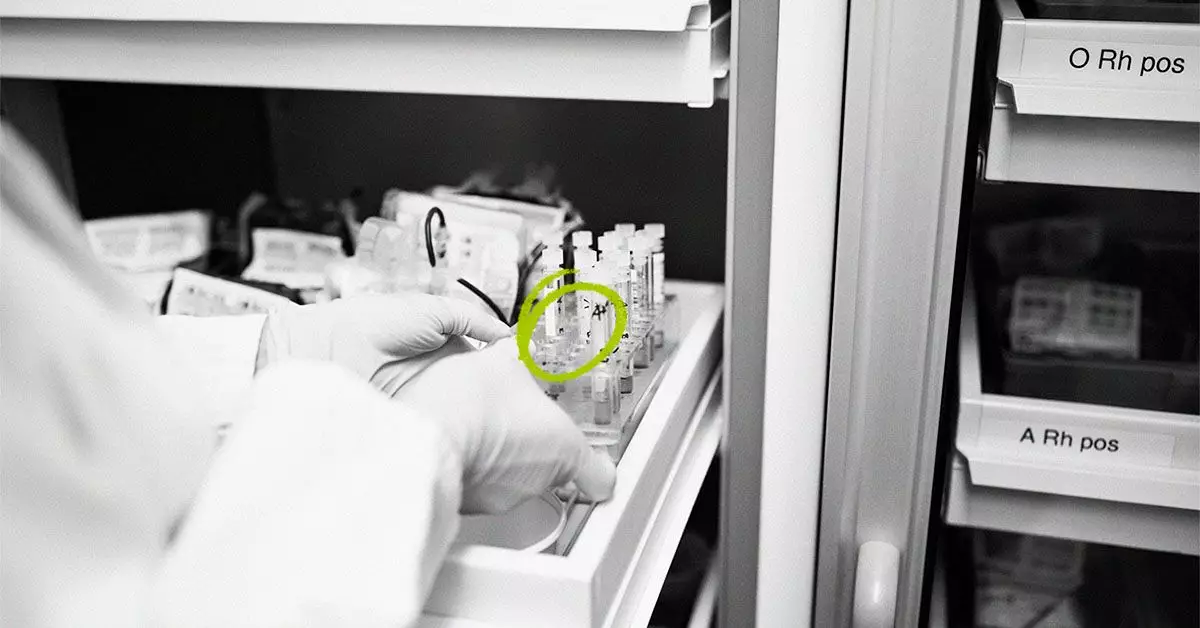Leukemia, a form of cancer that originates in the blood and bone marrow, presents a labyrinth of challenges not just for patients, but for their families and healthcare practitioners as well. The prognosis for leukemia varies dramatically depending on its specific type, stage, and the patient’s overall health—essentially intertwining biology with individual life experiences. The nuanced relationship between specific leukemia varieties and life expectancy underscores the necessity for tailored treatment approaches and close medical supervision.
Leukemia Types: Grade and Age Sensitivity
Currently, four predominant types of leukemia are recognized in clinical medicine: Acute Lymphoblastic Leukemia (ALL), Chronic Lymphocytic Leukemia (CLL), Acute Myeloid Leukemia (AML), and Chronic Myeloid Leukemia (CML). Each of these conditions strikes at different life stages and manifests unique biological behaviors.
For instance, ALL is predominantly diagnosed in children, particularly under the age of five, while the risk later reinflates for adults over 50. Conversely, AML often targets adults in their late 40s and early 50s, presenting with distinct challenges due to its aggressive nature. Understanding these age-related predispositions is essential for advocacy and timely intervention. The mortality rates associated with these forms of leukemia not only cast a shadow on life expectancy but also elucidate a critical intersection between age, type, and the urgency for early diagnosis.
Survival Rates: A Statistical Overview
Statistics offered by the National Cancer Institute (NCI) reveal a stark landscape of survival probabilities that elucidate the gravity of each leukemia type. The five-year relative survival rate (RSR) for ALL stands at approximately 72.6%, showcasing a significant chance of remission, especially among younger patients who thrive with appropriate treatment. In stark contrast, the prognosis for AML dwindles with a survival rate of 32.9%, communicating a dire need for prompt and effective intervention.
CLL, representing about one-third of all leukemia cases, boasts an RSR of 89.3%, illustrating the typically manageable nature of this chronic condition. Patients may tread a path of periodic treatment, making “watch and wait” strategies viable for some, although needing ongoing vigilance. On the other hand, CML presents an average survival rate of 70.4%, yet also unveils a complex pattern of disease progression through distinct phases—each carrying implications for treatment choices and patient quality of life.
The Importance of Treatment Variability
Treatment efficacy is an essential linchpin in life expectancy predictions. The approaches adopted can significantly shape survival trajectories. With ALL, around 80% to 90% of patients can achieve complete remission with the right treatment, a promising figure bolstered by a proactive medical response. Yet, with CLL, patients often cycle through treatments for many years without ever achieving a definitive cure, signaling the chronic nature of the disease and potentially long-term implications for patients and healthcare systems.
Particularly relevant is the pressing need for tailored therapies that account for individual responses and circumstances. Factors such as previous treatments undertaken, intervals since last interventions, and overall health status weigh heavily in treatment decisions, requiring a collaborative and personalized approach to care.
The Call for Early Diagnosis
Early diagnosis remains crucial in shaping outcomes, especially in aggressive forms such as ALL and AML. Unfortunately, the rapid progression characteristics of these types also serve to complicate timely detection. Consequently, it becomes essential for individuals and families to recognize general symptoms like unexplained fatigue, recurrent infections, or unusual bleeding, prompting immediate consultations with medical professionals.
CLL and CML, known for their slower progression rates, serialize a different narrative, often allowing for some delay before intervention is necessary. Nevertheless, vigilance remains key, underscoring the importance of patient advocacy and education in understanding personal health.
Navigating the Journey Ahead
As healthcare systems evolve, the complex interplay between biology and individual circumstance continues to stress the significance of personalized medicine in leukemia treatment. While survival statistics can be intimidating, they also serve as an empowering tool for patients and their families. Engaging in informed discussions with medical providers, particularly in the face of a leukemia diagnosis, can pivot patients toward better outcomes.

